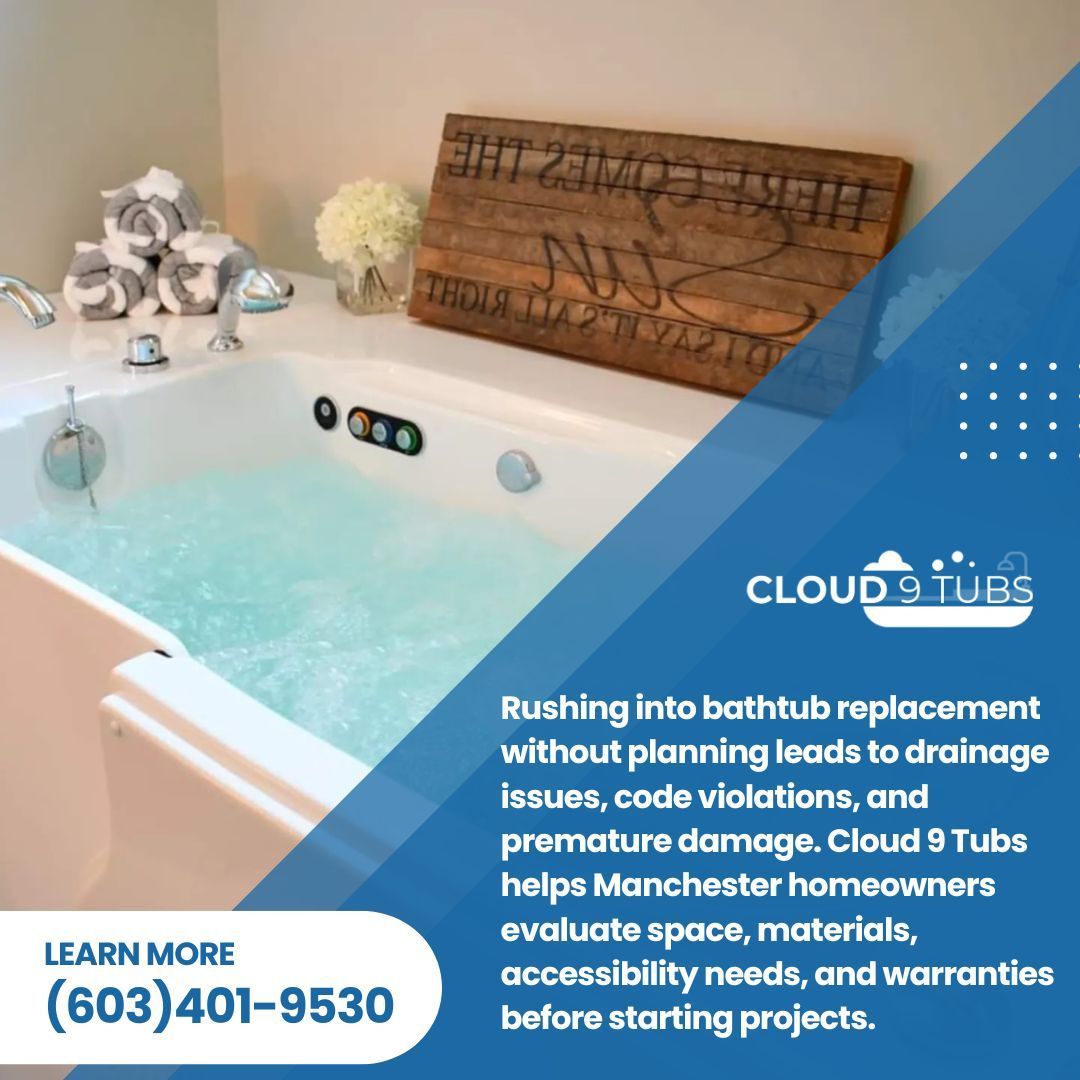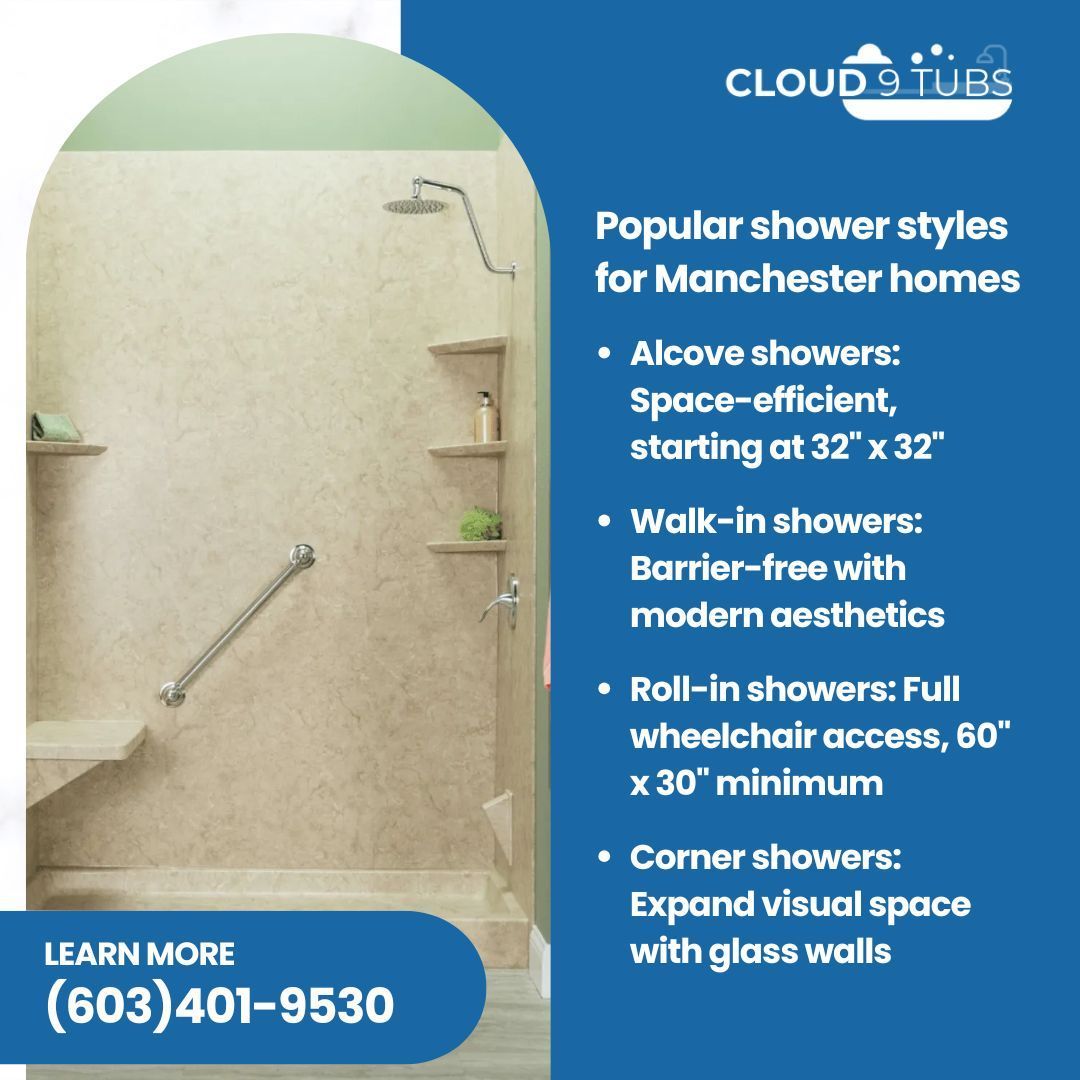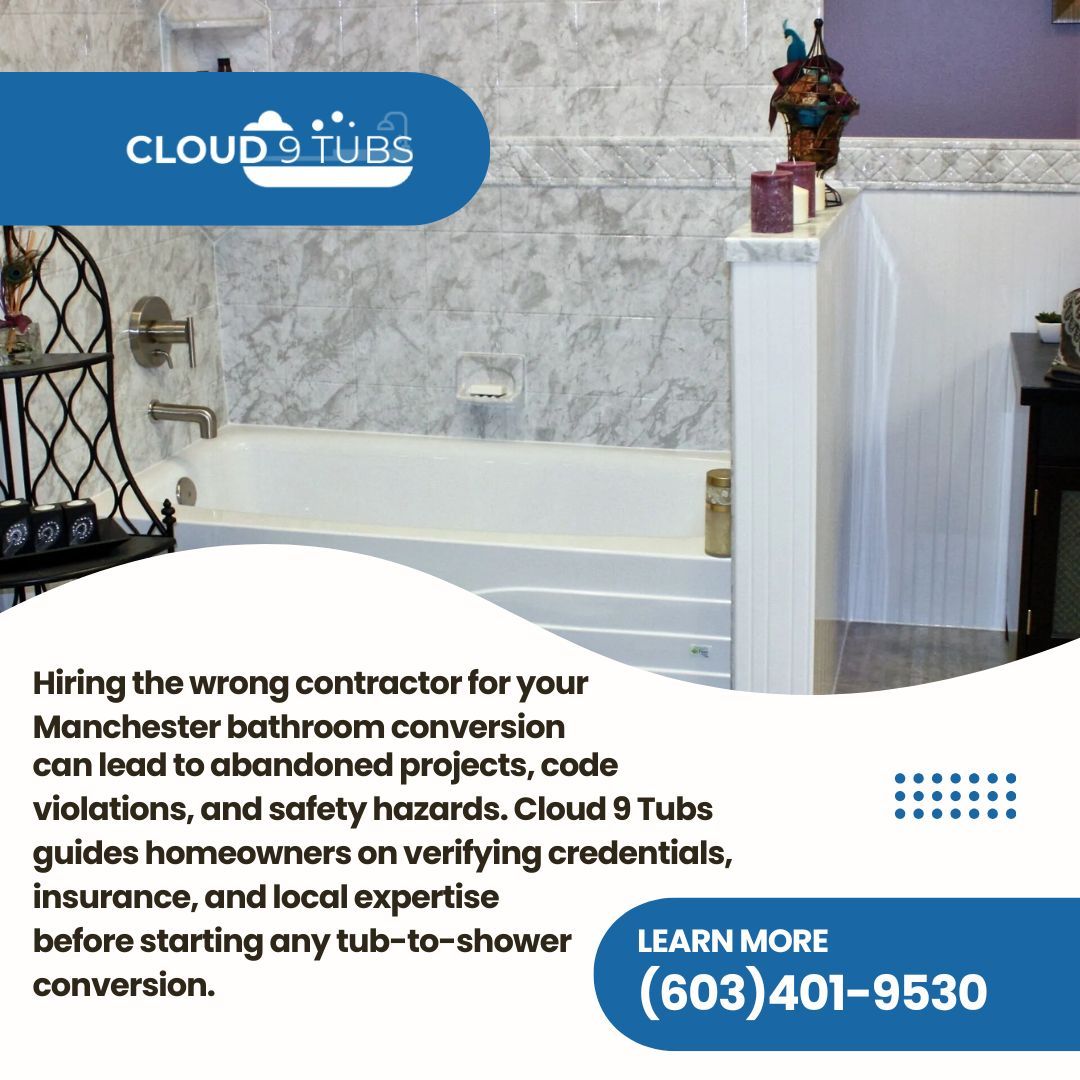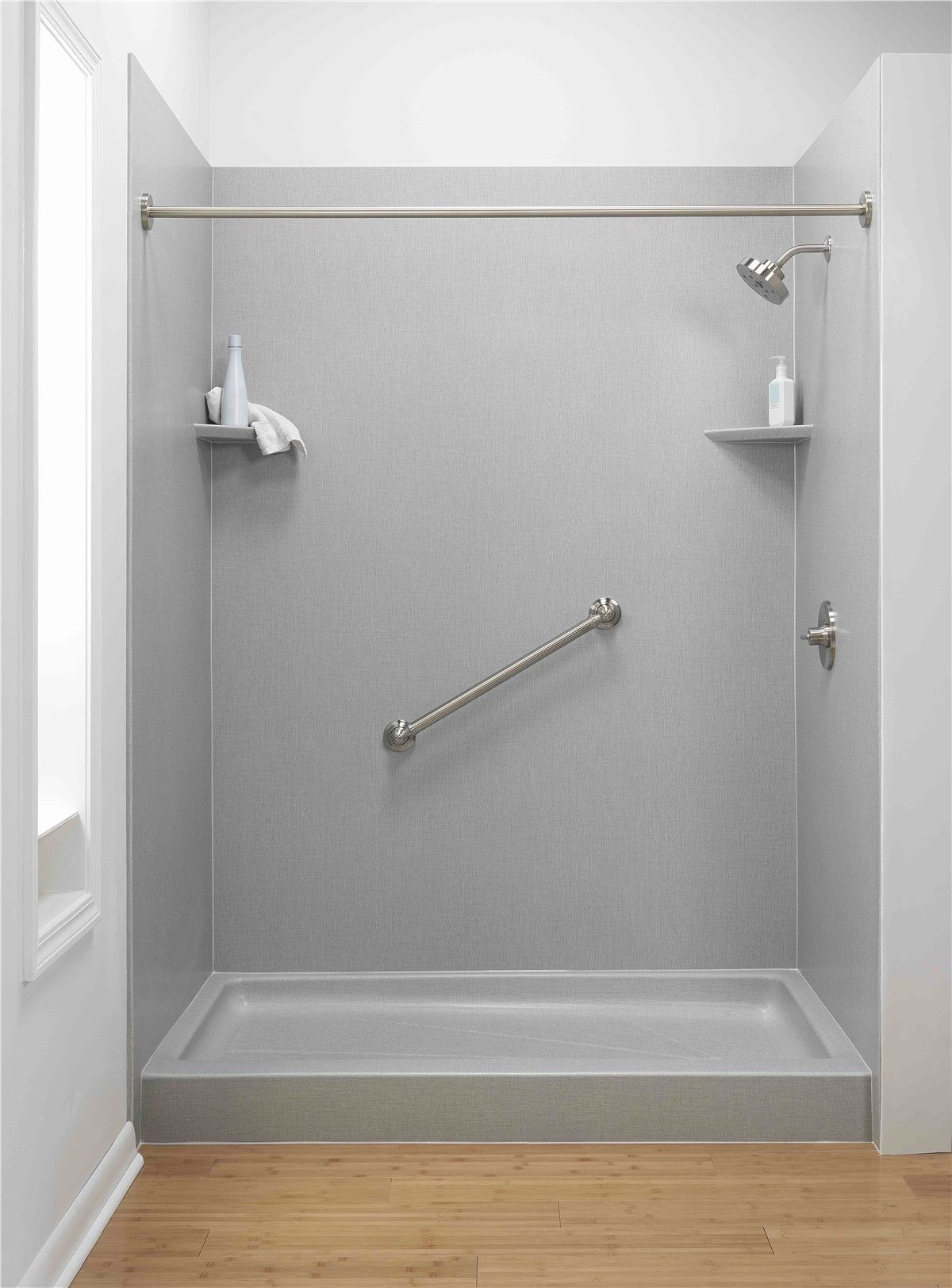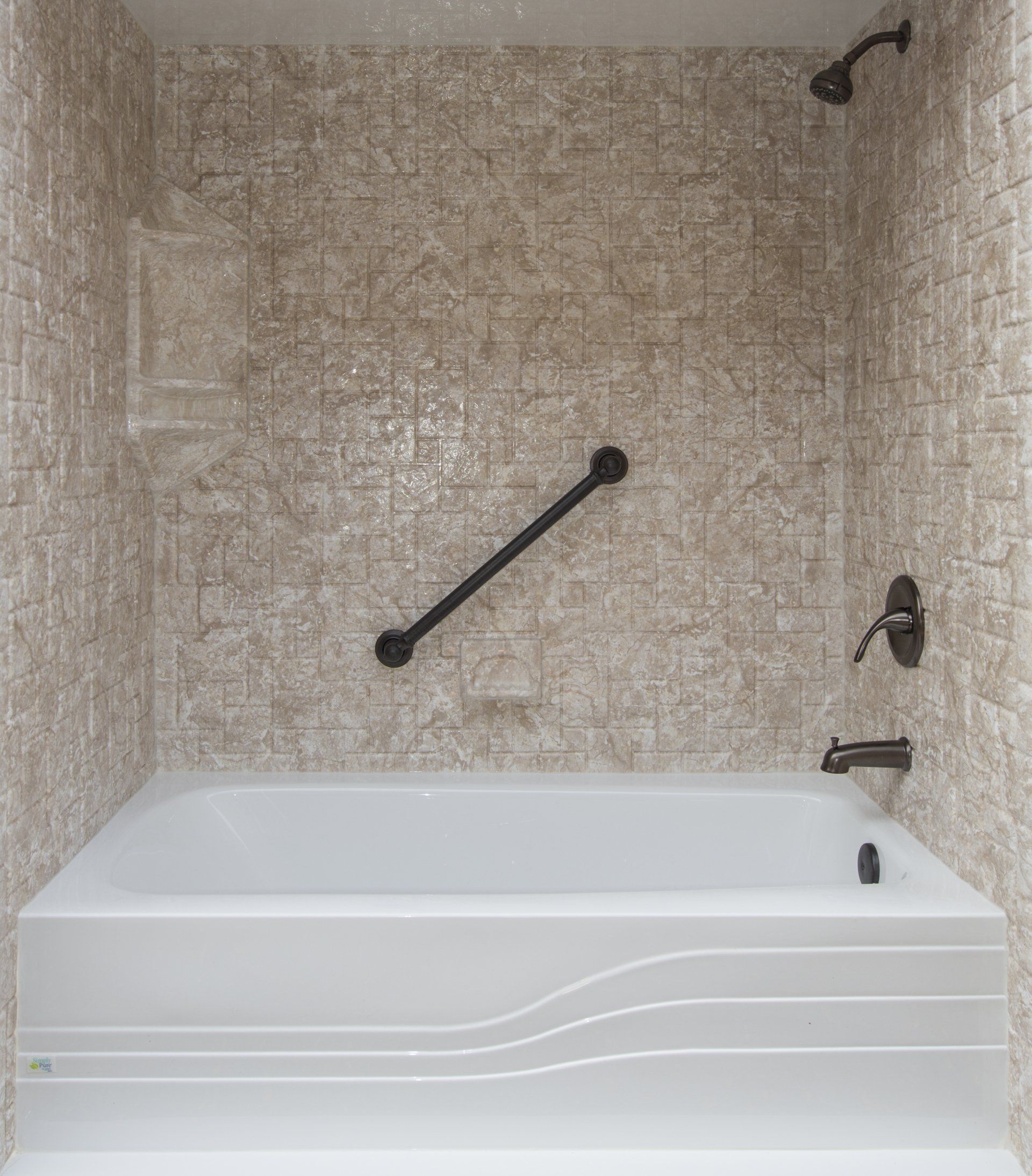How Much Does a Bathtub Replacement Cost? A Comprehensive Guide
When you’re thinking about replacing your bathtub, one of the first questions that probably comes to mind is, “How much does a bathtub replacement cost?” It’s a great question, and the answer can vary depending on several factors. Whether you’re considering upgrading for safety reasons, like many of our customers at Cloud 9 Tubs LLC, or simply want to refresh the look of your bathroom, it’s important to have a good understanding of what you’re getting into financially.
Replacing a bathtub isn’t just about swapping out the old for the new. There’s a lot more that goes into it, from the type of bathtub you choose to the complexity of the installation. For example, a straightforward tub replacement might cost less if your existing plumbing and space are in good shape. On the other hand, if you need to adjust plumbing or make modifications to fit a different style of tub, those costs can add up quickly.
But don’t let that scare you away! Understanding these factors will help you budget more effectively and avoid any surprises down the road.
The first thing to consider is the type of bathtub you want to install. Bathtubs come in a variety of styles, materials, and sizes, each with its own price range. For instance, a basic acrylic bathtub is generally more affordable, while a high-end cast iron tub can be quite a bit pricier. Similarly, the cost of labor can vary based on how complex the installation is. If your current tub is in a tricky spot or if you’re planning to move it to another location in the bathroom, that’s going to impact the overall cost as well.
Then there’s the question of whether you want to go for a walk-in tub, which is a popular choice among our customers here at Cloud 9 Tubs. Walk-in tubs offer added safety and convenience, especially for those with mobility issues, but they typically come with a higher price tag. However, many find that the benefits far outweigh the costs, especially when you consider the potential savings on future medical bills from fall-related injuries.
And let’s not forget about the finishing touches. Things like faucets, tile work around the tub, and other bathroom fixtures can also influence the final cost. While these might seem like small details, they can add up, so it’s important to include them in your budget.
So, how much does a bathtub replacement cost, exactly? As you can see, there’s no one-size-fits-all answer. The cost can range anywhere from $1,500 to $10,000 or more, depending on the specifics of your project. In the upcoming sections, we’ll break down these factors even further so you can get a clearer picture of what to expect. Whether you’re looking for a budget-friendly option or planning to splurge on a luxurious upgrade, understanding these basics is the first step toward making an informed decision.
The Key Factors That Influence Bathtub Replacement Costs
Now that we’ve covered the basics, let’s dive a little deeper into the specific factors that can influence the cost of your bathtub replacement. Understanding these elements will help you make more informed choices, whether you’re working with a tight budget or planning to create the bathroom of your dreams.
1. Type of Bathtub
The type of bathtub you choose is one of the biggest factors affecting the cost. Here’s a quick rundown of the most common options:
- Standard Bathtubs: These are the most common and typically the least expensive. They’re often made of acrylic or fiberglass and come in a variety of sizes and shapes. You can expect to pay anywhere from $200 to $1,000 for the tub itself, depending on the quality and brand.
- Walk-In Bathtubs: If safety is a concern, especially for elderly family members, a walk-in tub might be the best option. These tubs are designed for easy entry and exit, reducing the risk of falls. However, they come with a higher price tag, usually ranging from $2,000 to $8,000 or more.
- Soaking Tubs: If relaxation is your goal, a soaking tub might be worth considering. These tubs are deeper than standard bathtubs, allowing for a more luxurious bathing experience. Prices for soaking tubs can range from $500 to $5,000, depending on the material and design.
- Whirlpool or Jetted Tubs: For those who love a spa-like experience, a whirlpool tub could be the ultimate indulgence. These tubs feature jets that provide a soothing massage, but they also come with a higher cost, typically between $1,000 and $10,000.
2. Materials
The material of your new bathtub will also play a significant role in the overall cost. Common materials include:
- Acrylic: Affordable, lightweight, and easy to install, acrylic is a popular choice for standard bathtubs. It’s also resistant to chipping and cracking, making it a durable option.
- Fiberglass: Even more affordable than acrylic, fiberglass is another lightweight option. However, it’s not as durable and can be prone to cracking over time.
- Porcelain: If you’re looking for a more traditional look, porcelain-enameled steel bathtubs are a solid choice. They’re durable and easy to clean but can be more expensive and heavier to install.
- Cast Iron: Known for their durability and heat retention, cast iron tubs are a long-lasting option that can add a touch of luxury to your bathroom. However, they’re also the most expensive and heaviest option, which can increase installation costs.
3. Installation Complexity
The complexity of the installation is another major factor to consider. If your existing plumbing is in good condition and the new tub is a straightforward replacement, installation costs will be lower. However, if you need to relocate plumbing, reinforce flooring (especially for heavy cast iron tubs), or make other significant modifications, you can expect the labor costs to rise.
At Cloud 9 Tubs, we strive to keep installations as low-impact as possible. In many cases, we can remove your old tub and install the new one in just one day, which helps keep labor costs down. However, each project is unique, and more complex installations will naturally take more time and money.
4. Additional Features and Finishes
Don’t forget about the extras! The little details can add up quickly, so it’s important to consider them in your budget. For example, do you want to upgrade your faucets or showerhead? Are you planning to add a custom tile surround or a built-in bench for your new walk-in tub? These features not only enhance the functionality and aesthetics of your bathroom but also contribute to the overall cost.
5. Geographic Location
Believe it or not, where you live can also affect the cost of your bathtub replacement. Labor costs can vary widely depending on the region. For instance, if you’re located in a metropolitan area, you might pay more for labor than someone in a more rural location. At Cloud 9 Tubs, based right here in New Hampshire, we understand the local market and strive to provide competitive pricing that reflects the needs of our community.
Budgeting for Your Bathtub Replacement
Now that we’ve explored the key factors that influence the cost of a bathtub replacement, it’s time to talk about budgeting. Setting a realistic budget is crucial to ensuring your project goes smoothly and doesn’t leave you with any financial surprises. Let’s break down some tips and strategies to help you plan effectively.
1. Assess Your Priorities
The first step in budgeting for a bathtub replacement is to assess your priorities. What’s most important to you? Are you focused on safety, luxury, or simply refreshing the look of your bathroom? Understanding your priorities will help you allocate your budget accordingly.
For example, if safety is your top concern, you might want to invest more in a high-quality walk-in tub, which could mean cutting back on other features like custom tile work. On the other hand, if you’re all about creating a spa-like experience, you might allocate more of your budget to a whirlpool tub and high-end fixtures.
2. Get Multiple Quotes
One of the best ways to ensure you’re getting the best value for your money is to get multiple quotes from different contractors. At Cloud 9 Tubs, we believe in transparent pricing and no-pressure sales, so we always provide a detailed quote that outlines all the costs involved. It’s a good idea to compare quotes from at least three different sources to get a sense of the market rate and what’s included in the price.
When comparing quotes, be sure to look beyond the bottom line. Consider what each contractor is offering in terms of materials, installation methods, warranties, and customer service. Sometimes, the cheapest option isn’t always the best value.
3. Consider Financing Options
If the cost of a bathtub replacement is higher than you anticipated, don’t worry—there are financing options available that can help make your project more affordable. Many companies, including Cloud 9 Tubs, offer financing plans that allow you to spread the cost over time with manageable monthly payments. This can be especially helpful if you’re investing in a higher-end tub or making significant modifications to your bathroom.
Be sure to read the terms of any financing agreement carefully and consider the interest rates and payment terms. The goal is to find a plan that fits comfortably within your budget without causing financial strain.
4. Plan for Unexpected Costs
It’s always a good idea to build a little cushion into your budget for unexpected costs. Renovation projects often come with surprises, such as discovering water damage behind the old tub or needing to upgrade plumbing to meet current codes. By setting aside a contingency fund—usually around 10-15% of your total budget—you’ll be better prepared to handle any surprises that come your way.
5. Think Long-Term
While it’s important to stay within your budget, it’s also worth thinking about the long-term value of your investment. A high-quality bathtub replacement can enhance the safety, comfort, and resale value of your home. For example, installing a walk-in tub could make your home more appealing to buyers who are looking for aging-in-place features. Similarly, a luxurious soaking tub could be a major selling point for potential buyers down the road.
At Cloud 9 Tubs, we stand by the quality of our products, offering a lifetime warranty on our tubs and showers. This means that while you might spend a little more upfront, you’re making a long-term investment in your home that will provide lasting benefits.
6. DIY vs. Professional Installation
Another budgeting consideration is whether you plan to tackle any part of the project yourself or leave it entirely in the hands of professionals. While some homeowners might be tempted to save money by doing a DIY installation, it’s important to weigh the risks. Bathtub replacement is a complex task that involves plumbing, waterproofing, and often structural work. Mistakes can be costly and may end up requiring professional help to fix, which could negate any savings from the DIY approach.
At Cloud 9 Tubs, we recommend professional installation to ensure that the job is done right the first time. Our team has the expertise to handle even the most challenging installations, giving you peace of mind and saving you from potential headaches down the line.
Choosing the Right Bathtub for Your Home
With your budget in place, the next step is arguably the most exciting—choosing the right bathtub for your home. This decision goes beyond just picking something that fits your budget; it’s about selecting a tub that meets your needs, complements your style, and enhances your overall bathing experience. Let’s explore some considerations to help you make the best choice.
1. Assess Your Needs and Lifestyle
Before diving into the aesthetics, it’s crucial to think about how you’ll actually use your new bathtub. Are you looking for something simple and functional, or do you want a luxurious retreat where you can unwind after a long day? Your lifestyle and specific needs should guide your decision.
- For Families: If you have young children, you might prioritize a standard bathtub with easy access and enough space for bath time routines. Durability and ease of cleaning are also key considerations.
- For Seniors or Those with Mobility Issues: Safety features become a priority. Walk-in tubs with built-in seating, grab bars, and slip-resistant flooring can provide peace of mind and independence. At Cloud 9 Tubs, we’re passionate about helping our customers age in place safely, and we offer a range of walk-in tubs designed with these needs in mind.
- For Relaxation: If you’re someone who loves to indulge in long, soothing baths, consider a soaking tub or a whirlpool tub. These options are perfect for creating a spa-like experience in your own home, allowing you to relax and de-stress.
2. Consider the Space Available
The size of your bathroom plays a significant role in determining the type and size of the bathtub you can install. Measure your bathroom carefully, paying attention to not just the available floor space but also the doorways and pathways leading to the bathroom. You want to ensure that your chosen tub can be transported into the space without any issues.
If you’re working with a smaller bathroom, a compact soaking tub or a shower-tub combo might be the best option. These solutions provide the luxury of a bath without taking up too much space. On the other hand, if you have a larger bathroom, you have more flexibility to explore bigger tubs or even freestanding models that make a bold design statement.
3. Match Your Style
Your bathtub should not only be functional but also complement the overall design of your bathroom. Consider the existing décor and color scheme when choosing the material and finish of your tub.
- Modern and Minimalist: For a sleek, modern look, you might opt for a freestanding acrylic tub with clean lines and a glossy finish. Pair it with minimalist fixtures in chrome or matte black for a contemporary vibe.
- Traditional and Classic: If your style leans more traditional, a cast iron tub with a porcelain finish could be the perfect choice. These tubs often feature elegant curves and clawfoot designs, adding a touch of timeless elegance to your bathroom.
- Rustic or Industrial: For a rustic or industrial feel, consider a tub made of copper or a dark, matte finish. These materials add warmth and character, creating a cozy, inviting atmosphere.
At Cloud 9 Tubs, we offer a wide range of bathtub styles and finishes, so you’re sure to find something that fits your taste. And remember, the right tub can serve as the centerpiece of your bathroom, transforming the space into a true sanctuary.
4. Think About Long-Term Maintenance
While aesthetics are important, don’t overlook the practical aspects of maintaining your new bathtub. Different materials require different levels of upkeep. For example:
- Acrylic and Fiberglass: These materials are popular for their affordability and ease of maintenance. They’re resistant to stains and easy to clean with non-abrasive cleaners, making them a low-maintenance option.
- Porcelain: Porcelain tubs are durable and resistant to scratches, but they can chip if heavy objects are dropped on them. They also require regular cleaning to prevent the buildup of soap scum and mildew.
- Cast Iron: Cast iron tubs are incredibly durable and retain heat well, making them a luxurious choice. However, they’re also heavier and require more effort to clean, especially in the case of clawfoot designs.
- Copper: Copper tubs are naturally resistant to mold and bacteria, making them a hygienic choice. They do require regular polishing to maintain their shine, but many homeowners love the way copper develops a natural patina over time.
5. Get Expert Advice
Choosing the right bathtub can feel overwhelming with so many options available. That’s where professional guidance can make a big difference. At Cloud 9 Tubs, we’re here to help you navigate the choices and find the perfect tub for your home. Whether you’re unsure about the best material, size, or style, our team is ready to offer personalized recommendations based on your needs and preferences.
What to Expect During the Bathtub Replacement Installation
You’ve done your homework, set your budget, and chosen the perfect bathtub for your home. Now comes the final step—installation. Knowing what to expect during the installation process can help you prepare and ensure everything goes smoothly. Let’s walk through the key stages of a professional bathtub replacement installation.
1. Pre-Installation Preparation
Before the actual installation day, there’s some prep work that needs to be done to make sure everything is ready for the new tub. This usually starts with a thorough inspection of your bathroom by your contractor. At Cloud 9 Tubs, we take this step seriously to ensure that everything from the plumbing to the structural integrity of the bathroom is up to par. This is also the time when any necessary permits are obtained, and the schedule is finalized.
If you’re replacing an existing tub, the old one needs to be removed first. This might involve cutting through old caulking, unscrewing fixtures, and carefully disconnecting plumbing. It’s a messy job, but our team is experienced in minimizing disruption and keeping your home as clean as possible during the process.
2. Removal of the Old Bathtub
On the day of installation, the first major task is removing your old bathtub. Depending on the size and material, this can be a straightforward process or a bit more challenging. For example, heavy cast iron tubs require extra manpower and care to avoid damaging your bathroom during removal.
Once the old tub is out, the space is thoroughly cleaned and prepped for the new installation. This includes inspecting the plumbing to ensure there are no leaks or issues that need to be addressed before the new tub is installed. If there are any repairs needed, this is the time to take care of them.
3. Installing the New Bathtub
With the old tub removed and the area prepped, it’s time for the main event—installing your new bathtub. The installation process can vary depending on the type of tub you’ve chosen:
- Standard Bathtub: Installing a standard bathtub typically involves setting the tub in place, connecting it to the existing plumbing, and securing it to the wall studs. The tub is then leveled, and any gaps between the tub and the walls are filled with waterproof sealant.
- Walk-In Tub: Installing a walk-in tub is a bit more complex due to its size and features. The tub is carefully positioned and installed with extra attention to ensuring the door seals properly. Plumbing and electrical connections for the jets or heating elements are made, and the tub is tested to ensure everything is working correctly.
- Freestanding Tub: Freestanding tubs require a solid and level floor to sit on, and they’re connected to the plumbing via exposed pipes. These tubs often serve as a focal point in the bathroom, so extra care is taken to ensure they’re positioned perfectly.
At Cloud 9 Tubs, we pride ourselves on efficient, low-impact installations. In many cases, we can complete the entire process in just one day, minimizing the disruption to your daily routine.
4. Post-Installation Finishing Touches
After the new bathtub is installed, it’s time for the finishing touches. This includes installing any new fixtures, such as faucets and showerheads, and applying caulking around the edges of the tub to prevent water from seeping behind it. If you’ve opted for any additional features like a custom tile surround, this is the stage where that work is completed.
Our team also conducts a thorough cleanup, ensuring that your bathroom is left spotless and ready for use. We know how important it is for our customers to have their space back as soon as possible, so we always aim to leave your bathroom looking better than we found it.
5. Final Inspection and Walkthrough
The last step in the installation process is a final inspection and walkthrough. We want to make sure you’re completely satisfied with your new bathtub and that everything is functioning as it should. During this walkthrough, we’ll go over the features of your new tub, provide tips for maintenance, and answer any questions you might have.
At Cloud 9 Tubs, we also take this opportunity to remind you about our lifetime warranty. We stand by the quality of our products and workmanship, so if you ever encounter any issues, we’re just a phone call away.
6. Enjoying Your New Bathtub
With the installation complete, it’s time to enjoy your new bathtub! Whether you’ve chosen a walk-in tub for added safety, a soaking tub for relaxation, or a standard tub for everyday use, you can now reap the benefits of your investment. Not only will your bathroom look and feel refreshed, but you’ll also have peace of mind knowing that your new tub is safe, functional, and built to last.
Replacing a bathtub is a significant project, but with the right planning and professional help, it can be a smooth and rewarding experience. We hope this guide has given you a clearer understanding of what to expect and how to navigate the process with confidence. If you’re ready to take the next step or have any questions, don’t hesitate to reach out to us at Cloud 9 Tubs. We’re here to help you transform your bathroom into a safe, stylish, and comfortable space.
Blog
